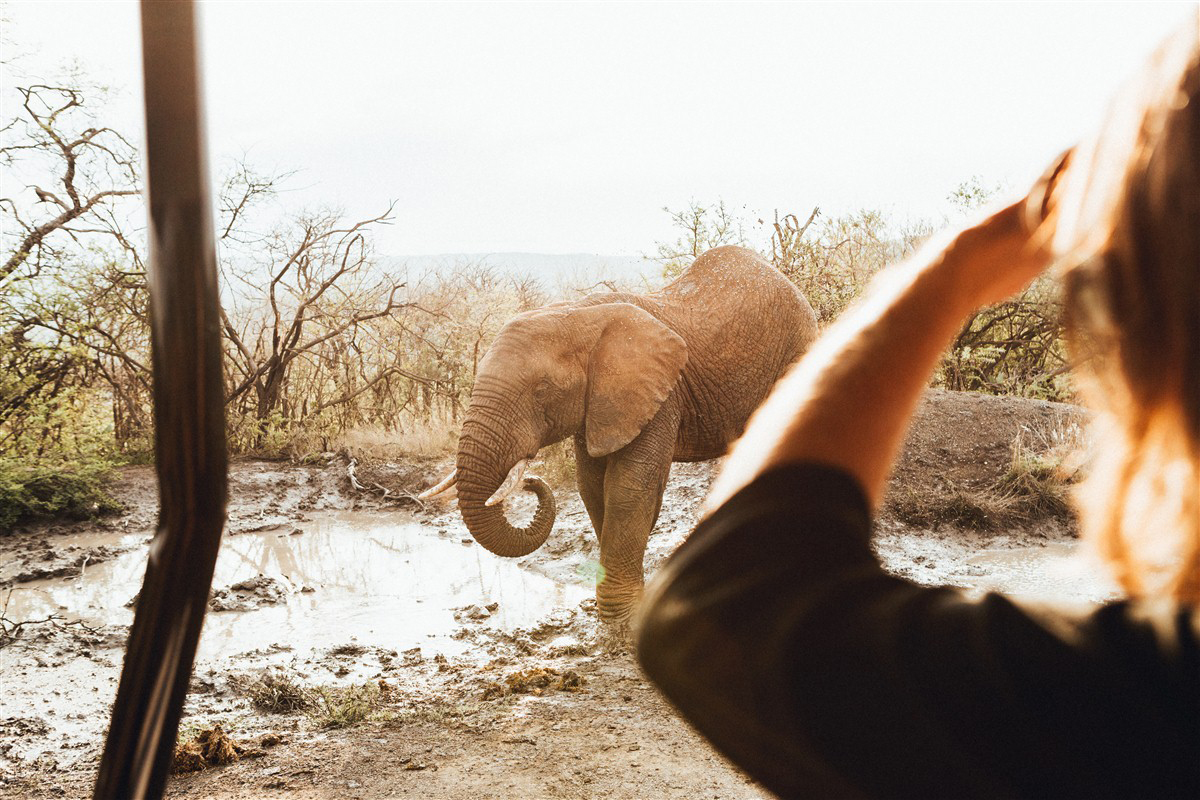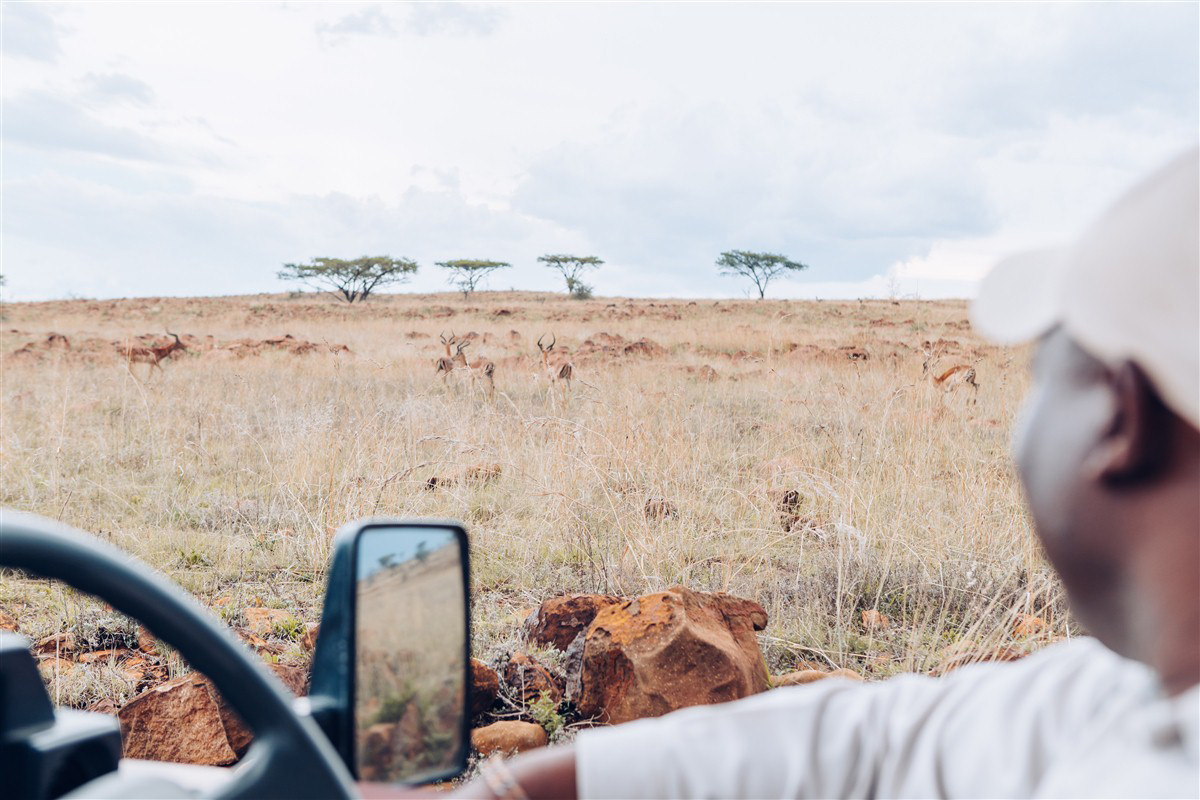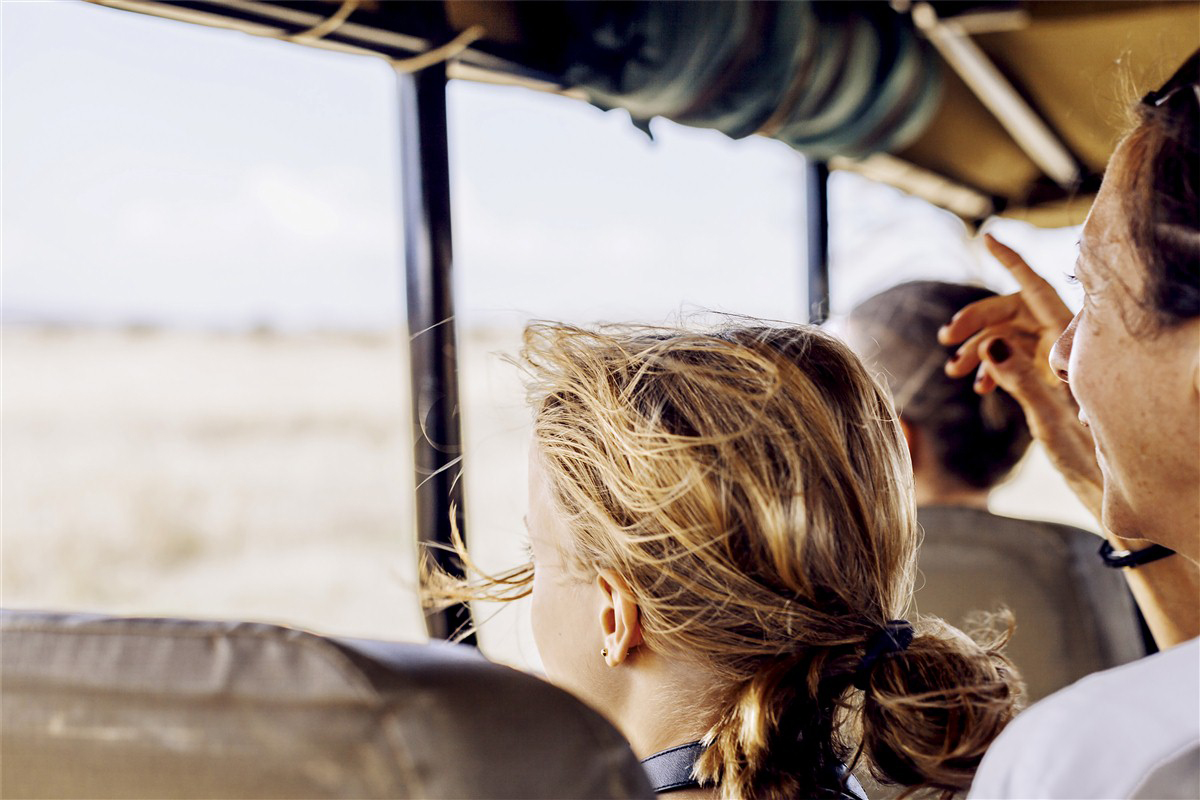Africa’s safari destinations (and the beasties therein) are spectacularly photogenic, but if you’ve ever been subjected to a friend or relatives’ photos of barely discernible animals in the far-off distance, you’ll know that capturing the scene is far from simple. From blurry big cats to thumb-covered lenses, learning the art of picture-perfect photography can seem like a tough task. Especially when you’re met with overly complex technical jargon, that can leave you clueless and reaching for a photography guide for beginner's. But the wealth of photographic safaris is an opportunity that’s not to be missed and everyone from happy snappy novices to confident image takers can capture those memorable shots, with just two simple rules. Rule one: you’ll need a proper telephoto lens. Rule two: ask the Original Travel team to reveal which safari destinations look best behind a camera and then get photographing!
- Buy Better and work in the RAW
- Get to grips with your equipment
- Get help from the experts
- Lens rental
- Photographic vehicles
- Seek and hide
- Alternative spots to snap
- A printed safari experience
1
Buy Better and work in the RAW
Specialists can spend months trying to get the perfect wildlife shot but one crucial aspect, that can make the world of difference, is buying better. Even the best picture snapper will know that the better the memory card, the easier it becomes. Buying some of the best memory cards on the market (such as SanDisk and Extreme Pro), while more expensive, will provide a quicker process time. This means more photos per second of that cheetah in hot pursuit of its prey. Another top photography tip to keep in mind is shooting in the RAW format. This allows you to record all the data from your camera’s sensor, meaning you’ll get those higher quality images and have complete control over your editing.
2
Get to Grips with Your Equipment
Getting to grips with your camera before your safari adventure is essential. So, if you’re heading to South Africa and spending some time in Cape Town (which is highly advisable) beforehand, make the most of the stunning landscapes and get some practice in on one of our specialist photography tours. We know that if you’ve invested in the kit, you’re going to want to make the most of it. That’s why having a fun and immersive group photographic safaris experience can be just the ticket. You could join fellow picture enthusiasts on a multi-day trip in Zambia’s South Luangwa National Park, where you’ll benefit from both expert guidance and the reassuring encouragement of your fellow photographers.

Image by Olivier Romano
3
Get Help from the Experts
We know that when it comes to snapping those photographic safaris you might not want to have spent your day fiddling with your camera or forking out for expert sessions but trust us when we say it can make a huge difference. A guide who knows their photographic stuff will be able to really help. Whether you’re a beginner or a professional, these trips can prove hugely beneficial (plus we know which lodges will have them).
4
Lens Rental
There’s no denying that good quality cameras and lenses can be fiercely expensive and even those who already have all the gear might have no idea whether they want to the run the risk of hauling it across bumpy and dusty safari plains. That’s why our Africa specialists can recommend some great lens rental companies. So, if you don’t want to shell out for a brand-new piece of kit but still want to enjoy the wild and wondrous creatures roaming the area, you can.
5
Photographic Vehicles
If you’re a keen photographer, it’s always worth heading to lodges and camps that can offer dedicated photographic guides and vehicles because when you know your stuff, you want to be sure that you’ve got the best equipment to hand. Often there’s only so much you can pack though, so having specialist safari vehicles with camera mounts, hatches, cut-away sections (that allow you to lie flat on the floor) and bean bags to rest your cameras means that you’re onto a real winner. Plus, the addition of battery charging points, storage areas, swivel chairs and stabilising arms can really enhance your photographic safaris experience.

Image by Olivier Romano
6
Seek and Hide
We can recommend lodges with those all-important dedicated photography hides at waterholes, where you can sit at water level with elephant trunks sucking up a hydrating drink from just a few feet away. This allows you to capture those close-up candid's, spending as much time as you like shooting, without restriction (or the animals spotting you). For a lodge that offers both, Mashatu in Botswana is fantastic. You’ll also want to make sure that you’re visiting a more game-heavy destination so there is as much opportunity to snap those Insta-classic shots as possible. Sabi Sands Game Reserve in South Africa, Tanzania’s Serengeti and Botswana’s Okavango Delta are three of our favourites for this.
7
Alternative Spots to Snap
If it’s alternative wildlife shots you’re looking for, then Zimbabwe’s Mana Pools is a great option because you’ll find elephants who’ve learnt to reach up into trees standing on their hind legs; or for unusual landscapes, Namibia is a no-brainer, with rusty red dunes and great self-driving opportunities that let you stop and snap whenever and wherever you like.
8
A Printed Safari Experience
Another motivation to keep practising is seeing your own photographs in print, something that’s easily achieved at the Wild Studios in some of our favourite Great Plains camps across Botswana and Kenya. As well as offering specialist training, adapted vehicles and guaranteed great wildlife sightings, the studio staff will help you design and create a professional portfolio of your printed work over the course of your stay, providing you with a physical copy of all your memory-making moments from a trip well spent.

Image by Olivier Romano













